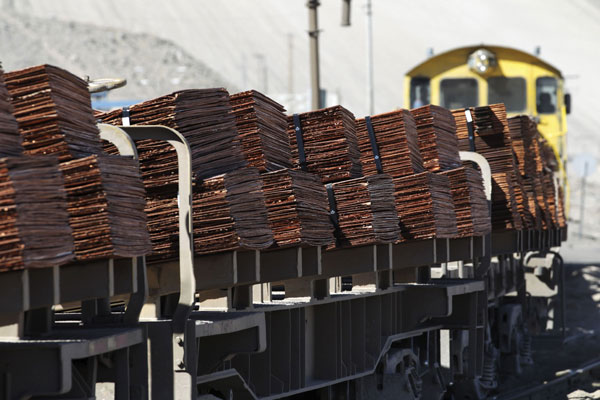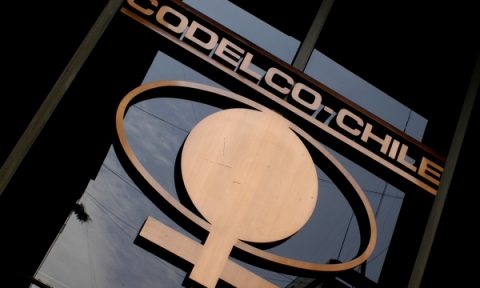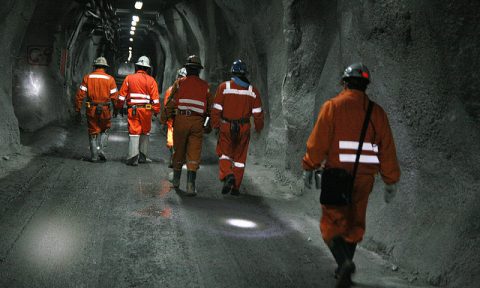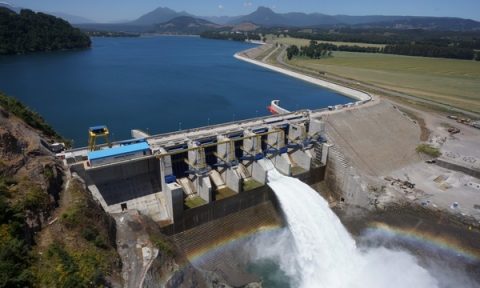Copper production in Chile going through a stagnant period in the last nine-year period

07-Jan-2013 El Mercurio – News
National output in doldrums, it stayed standstill in 5.3-5.4 tons between 2004 and 2012:
Copper production in Chile going through a stagnant period in the last nine-year period
In spite of the US$37,000 million invested, 60% has been addressed to keep processing levels. Lowering ore grades and few exploration works may explain the braking
High income generated by copper industry during the last years is not going hand in hand with the mineral production level.
In accordance with a presentation made by the Mining Council to the Energy and Mining Committee of the Chamber of the Deputies, the local production of copper has not moved beyond 5.3-5.4 million tons between 2004 and 2012.
The president of the association, Joaquín Villarino, explained that this standstill situation is the result of the ore grade lowering (copper percentage obtained from each processed ton) in Chilean deposits.
“The production stays stable because deposits are ageing and, consequently, to obtain the same amount of mineral today we need to remove a larger amount of material. Thus, in 1992 only 21% of copper reserves in the world had a better grade than Chilean ore; however in 2020 a 43% will have a better grade than our resources”, Villarino asserted.
This stagnant production is not associated with a lack of investment. Gustavo Lagos, Professor at Mining Center of UC, states that between 2004 and 2011 mining industry has made investments of about US$37,000 million. However, he adds, the money has been mainly invested in keeping the production level to offset the production reduction resulting from lowering grades.
“Three large-size new mines started to work during this period, Esperanza, Spence, and Gaby. Without them the production in Chile would have reduced about 9%. Discounting these investments and those mines that are not yet working in productive stages as it is the case of Caserones, Ministro Hales and Quadra, it may be estimated that replacement investment was about 60% of the whole investment in the period”, Lagos added.
On a different note, low exploration activities in Chile have also affected the local production. In accordance with information obtained from the Mining Council, although the country represents 32% of copper world production, only 16% of budget is earmarked for exploration.
Sources from Cochilco also refer to the time factor. “Execution and realization time of new projects, from discovery to start-up is becoming longer and longer with an average of about 10 years. However, in some cases it may be even longer. For example, Codelco’s Ministro Hales, discovered in 1992 and currently in construction stage to start producing during 2013”, Andrés Mac-Lean, Cochilco VP, indicated.
The copper cycle
However despite the non-increasing production, fiscal income from copper has increased during the last time to reach a record figure of US$12,000 million in 2010. This amount is the result of the high copper price that has been steady between US$3 and US$4 per pound during the last years.
Thus, Villarino has pointed out the importance of making a joint effort to increase the copper production in the country. “Commodities’ prices recur in cycles, consequently when the low-prices time comes, if we have not been able to increase the production, the Revenue Office will receive a reduced income”.













